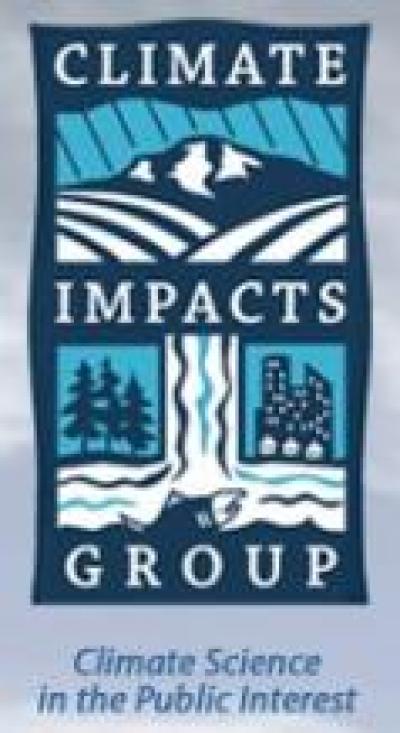Pacific Northwest Water Year Impacts Assessment 2022

Posted by
CAKE TeamPublished
Abstract
The purpose of the 2022 Pacific Northwest Water Year Impacts Assessment is to summarize the water year conditions and sector impacts as a resource for future management of drought and other climate extremes.
The authors gathered the information presented in this assessment in two main ways. The first was through two separate but similar annual Water Year Recap and Outlook meetings: one for Washington and Oregon, and the other for Idaho. The meeting objectives were to summarize the climate during the previous water year and to review climate and weather-related impacts on various sectors, focusing on drought and other extremes. The second mechanism informing this report was the Annual Pacific Northwest Water Year Impacts Survey.
The assessment primarily reflects the information from the meeting discussions, the survey, and authors’ expertise. We focus on continued regional drought, flooding, a cool and wet spring, a warm and dry summer, and their associated impacts.
This is the third annual assessment. View the 2020 and 2021 Pacific Northwest Water Year Impacts Assessments.
Citation
Bumbaco, K.A., C.L. Raymond, L.W. O’Neill, A. Mehta, D.J. Hoekema. 2023. 2022 Pacific Northwest Water Year Impacts Assessment. A collaboration between the Office of the Washington State Climatologist, Climate Impacts Group, Oregon State Climatologist, Idaho Department of Water Resources, and NOAA National Integrated Drought Information System.


